Posted on 9/30/2023
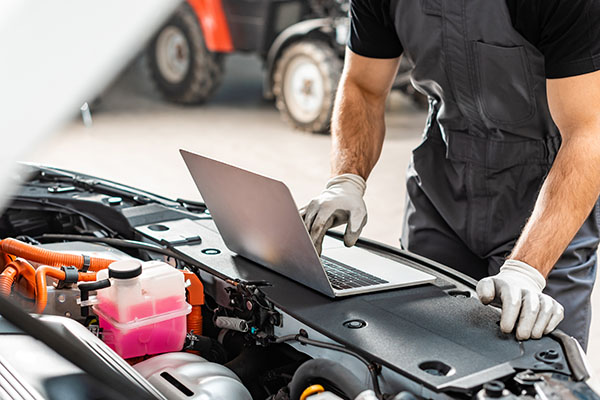
When it comes to iconic cars that seamlessly blend style, performance, and engineering, Volkswagen sits atop the automotive hierarchy. Owning a Volkswagen isn't just about having a mode of transportation; it's a statement of passion for driving. But to keep your beloved VW running at its best, you need to know what maintenance tasks to prioritize. From routine check-ups to DIY tips, we've got you covered on your journey to maintaining a finely-tuned Volkswagen. Oil Changes Think of engine oil as the lifeblood of your Volkswagen. Regular oil changes, typically every 5,000 to 7,500 miles, ensure that your engine stays well-lubricated, preventing wear and tear on vital components. Using high-quality synthetic oil tailored to your Volkswagen's specifications is crucial to keep your engine purring like a contented cat. Brake System Checks - Stopping Power Matters Your Volkswagen's brakes are not just for stopping; they're essenti ... read more
Posted on 8/31/2023
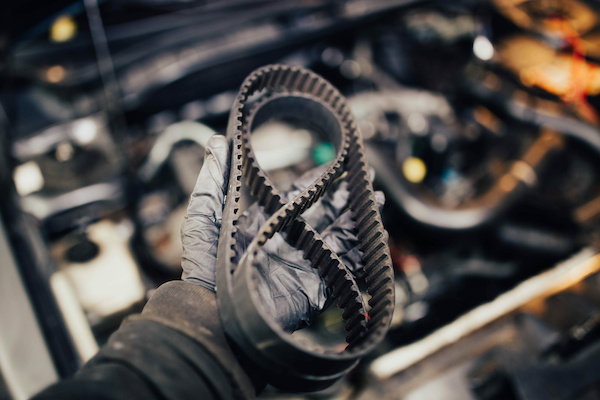
Have you ever wondered what a timing belt is? It's a crucial component of your car's engine that helps keep everything running smoothly. Without it, your engine could suffer severe damage. That's why understanding its importance and knowing what it does is vital. Join us as we go over precisely what it does, why it's essential, and when to change it. What is a Timing Belt? A timing belt, or cam belt, is a crucial part of your car's internal combustion engine. It's a toothed, reinforced belt that connects the engine's crankshaft to the camshaft. The camshaft controls the opening and closing of engine valves, while the crankshaft manages the engine's pistons. The timing belt synchronizes these two essential components, ensuring they operate perfectly. Why is the Timing Belt So Important? Precise Engine Timing The timing belt's primary role is to maintain precise engine timing. This means the camshaft and crankshaft must be perfectl ... read more
Posted on 7/30/2023
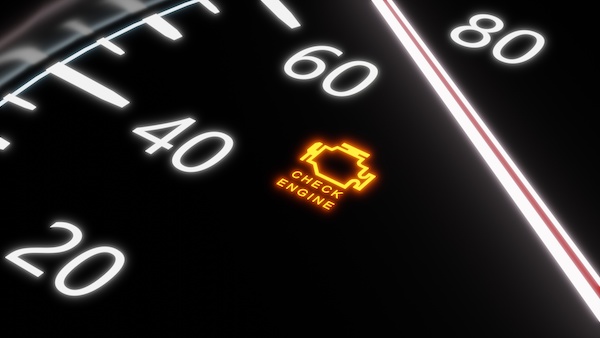
The check engine light in your car is a warning sign that something is wrong. Unfortunately, many drivers ignore the light until it is too late. Whenever you see the check engine light come on, check your car immediately. These are the top reasons your check engine light is on: Gas Cap If you refilled your car and did not properly put back the gas cap, your check engine light will go on immediately. Driving without a properly sealed gas cap is extremely dangerous. The check engine light comes on because when you properly close the gas cap and tighten it, there is a vacuum created. If the cap is loose, broken, or cracked, the check engine light will come on automatically. You can close the gas cap if it is loose. If it is broken or cracked, replace it as soon as possible. Catalytic Converter The catalytic converter is one of the most essential parts of your engine, and your car cannot run without it. If your catalytic converter is damaged, the check engine light will turn on immed ... read more
Posted on 6/30/2023
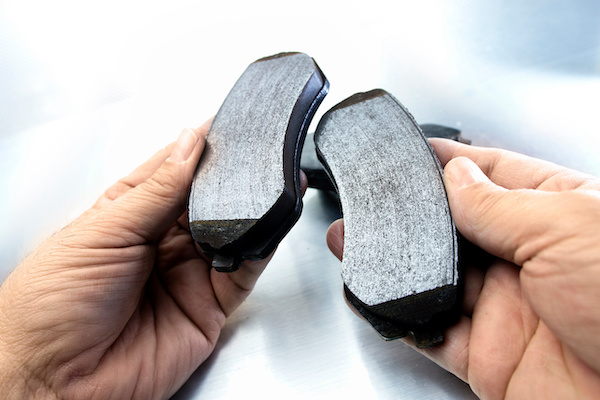
Brake pads are vital, integral parts of your vehicle. You need them every day because they provide proper friction to slow down your car. That's why you must choose the right pads for the ultimate convenience. Your choice will depend on the materials used, sourcing reliability, and when you need to replace them. This post highlights the different types of brake pads to aid in decision-making. Semi Metallic Semi metallic brake pads are one of the most popular options because of their optimal performance. Metal is the highest part of their composition and often includes other materials such as copper, steel, and graphite lubricant. They are the ideal choices for the best returns on investment because they are more durable and long-lasting. Ceramic Brake Pads Ceramic brake pads are an advanced element of the automotive industry. They are costlier than other brake pads but more convenient. They feature high durability, stability, and quieter braking. Besides, they are wear-resistan ... read more
Posted on 5/12/2023
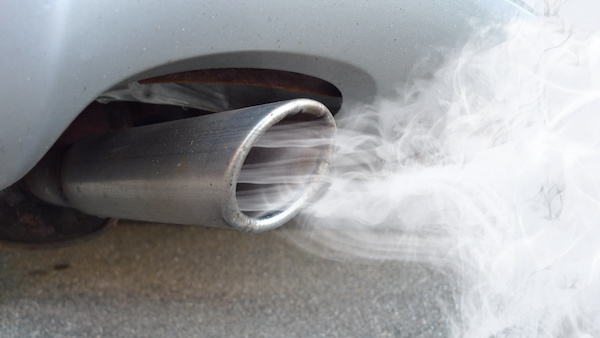
Smoke emitting from your exhaust is often the first sign that something is wrong with your vehicle. While the type of smoke you’re seeing can give you hints as to what’s wrong, the color of the smoke can tell you which components of your car are failing. Here is a quick guide to different smoke colors and their meaning: White Smoke: White exhaust comes from excessive fuel in the combustion chamber of your engine. It is usually a result of worn valve seals, piston rings, or damaged fuel injectors. It could also be due to a cracked or faulty intake manifold gasket. Blue Smoke: Blue exhaust smoke results from burning oil, and it’s often a sign that something is wrong with the valvetrain. The oil may leak from worn piston rings, valve seals, or worn valve guide seals. Gray Smoke: Gray smoke appears when the engine mistakenly burns the transmission fluid. This happens when the transmission leaks fluid or a seal has beco ... read more